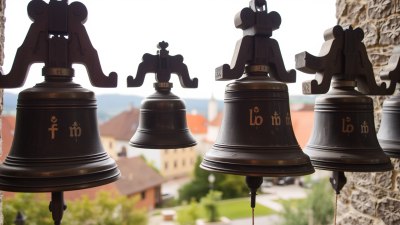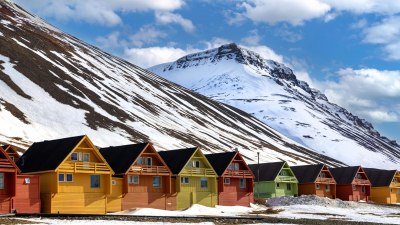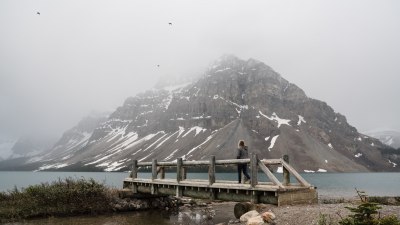The Rhythms of Work Songs in Senegal’s Fields
Explore the cultural significance and history of work songs in Senegal's agricultural practices.

Image created with Flux Schnell
In the lush fields of Senegal, where the sun kisses the earth and the rich soil nourishes countless crops, a unique cultural phenomenon takes place - the melodic and rhythmic patterns of work songs echo as laborers toil in harmony. These songs, deeply embedded in the agrarian lifestyle of Senegal, serve not only as a means of entertainment but also as an essential aspect of communal work dynamics. This article delves into the importance, history, and impact of work songs in Senegal’s agriculture, exploring how they unite communities and preserve cultural identity.
Understanding the Cultural Context
Senegal's complex history, influenced by various cultures and ethnic groups, is mirrored in its work songs. The primary ethnic groups involved in agricultural practices include the Wolof, Serer, and Diola. Each group has developed its unique musical styles and lyrical content that reflect their social structures, traditions, and histories. Work songs function as a narrative tool, conveying stories of struggle, joy, and perseverance in the face of hardship. As laborers engage in tasks such as planting, weeding, and harvesting, they sing songs that uplift their spirits while fostering a sense of togetherness.
The Structure and Function of Work Songs
Typically characterized by repetitive lyrics and engaging rhythms, work songs in Senegal are designed to align with the physical movements of laborers. The call-and-response format is prevalent, where a leader sings a line and the group responds in unison, creating a collective energy that enhances productivity.
These songs often include themes of love, life lessons, and communal solidarity, making them an essential aspect of daily work life. For example, while planting millet, workers might sing songs that reference the cycles of nature, emphasizing the connection between labor and the agricultural calendar. This synchronization fosters an environment of motivation and joy, transforming arduous tasks into shared communal experiences.
The Role of Instruments and Dance
Instrumentation plays a critical role in the performance of work songs, with traditional instruments like the kora, djembe, and balafon often accompanying the vocals. Each instrument adds a distinct layer of sound, enriching the overall experience and reinforcing the community’s cultural heritage. The rhythmic patterns established by these instruments allow for spontaneous dance, further enhancing the communal aspect of labor. Dancing while working breaks the monotony and creates a sense of festivity, enabling workers to bond deeply.
Historical Evolution of Work Songs
Historically, work songs in Senegal evolved from the rhythms of the past, influenced by the various waves of migration, trade, and cultural exchanges over centuries. The transatlantic slave trade introduced new dimensions to Senegalese music, leading to the fusion of indigenous elements with external influences. This cultural syncretism is evident in contemporary forms of Senegalese music, which often hark back to traditional work songs. Additionally, oral histories passed down through generations ensure that the wisdom embedded in these songs remains alive, affirming their significance in preserving Senegalese identity.
Modern Adaptations and Challenges
In recent years, globalization and modernization have posed challenges to traditional work songs. As agricultural practices evolve with technological advancements, the communal labor setting where these songs thrived has diminished. Many younger generations are moving to urban areas, and the traditional forms of agriculture are becoming less common. However, efforts to revitalize interest in work songs have emerged through music festivals, cultural programs, and educational initiatives. Artists are blending these songs with modern genres, bringing them into new contexts while maintaining their traditional roots.
Impact on Community and Identity
The influence of work songs extends beyond the fields. They act as a medium for inter-generational dialogue, connecting older and younger generations through shared cultural experiences. This transmission of knowledge fosters a sense of belonging and community pride, reinforcing cultural identity in an ever-changing world. For many Senegalese people, these songs are a source of strength and unity, serving as a reminder of their heritage and the collective efforts of their ancestors.
The Future of Work Songs
As Senegal continues to adapt to the challenges of modernity, the resilience of work songs remains vital in celebrating the country’s agricultural heritage. Reviving interest in these traditions is crucial for the sustainable cultural identity of Senegal. Innovation and community engagement will play significant roles in ensuring that these rhythmic melodies continue to resonate within the hearts of future generations. The rhythms of work songs in Senegal's fields are not merely sounds; they embody the spirit of community, endurance, and cultural richness that defines the very essence of Senegalese identity.











